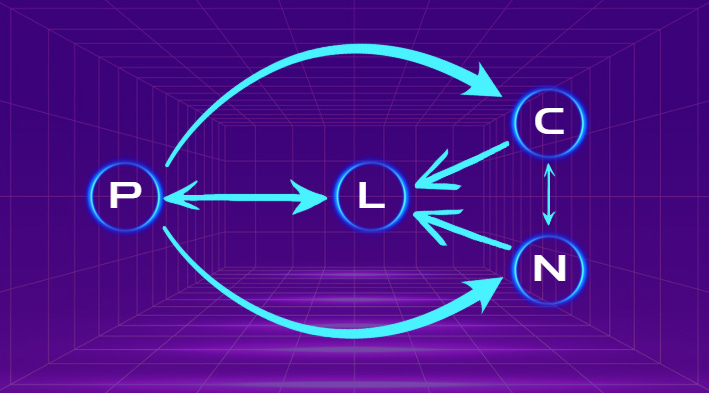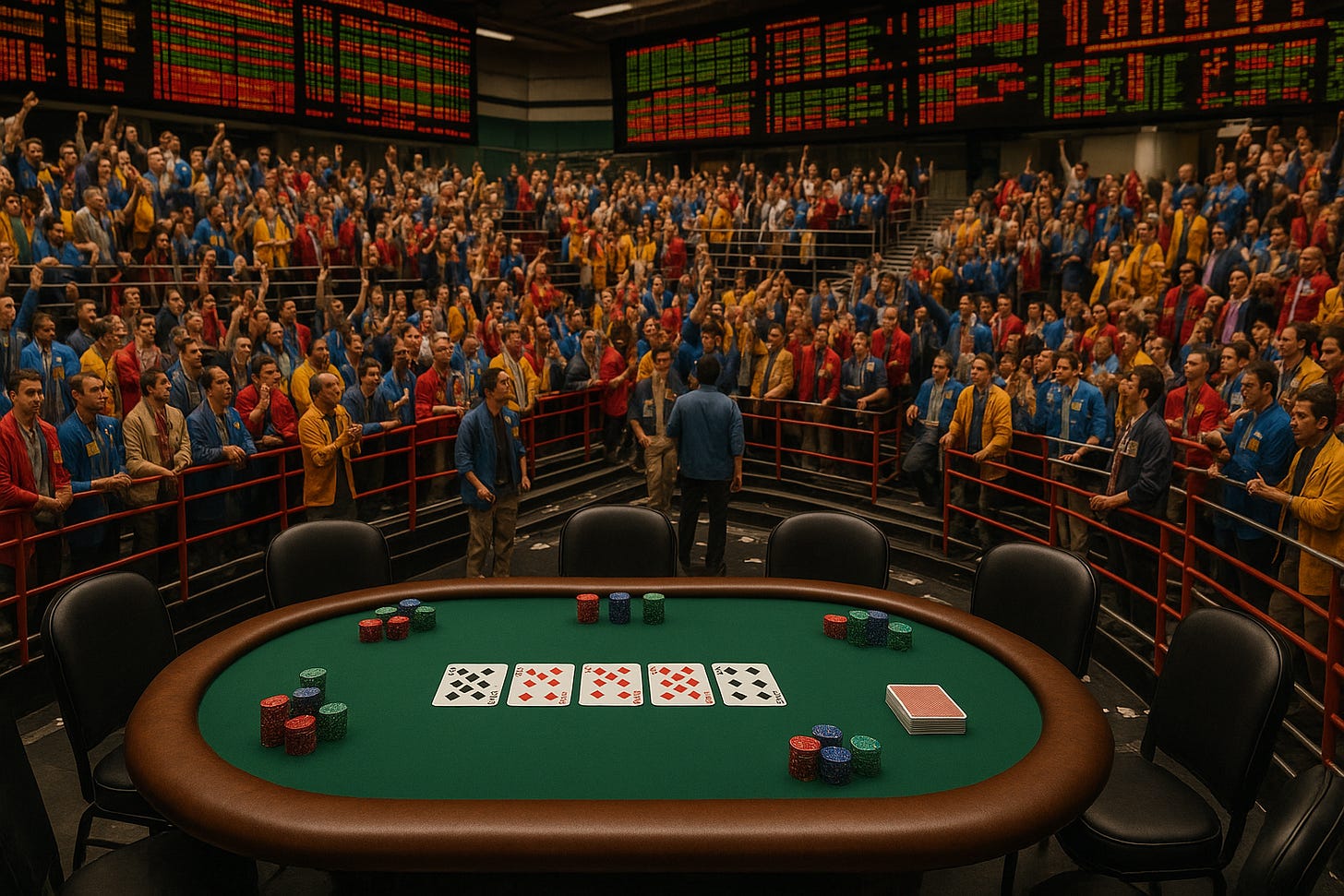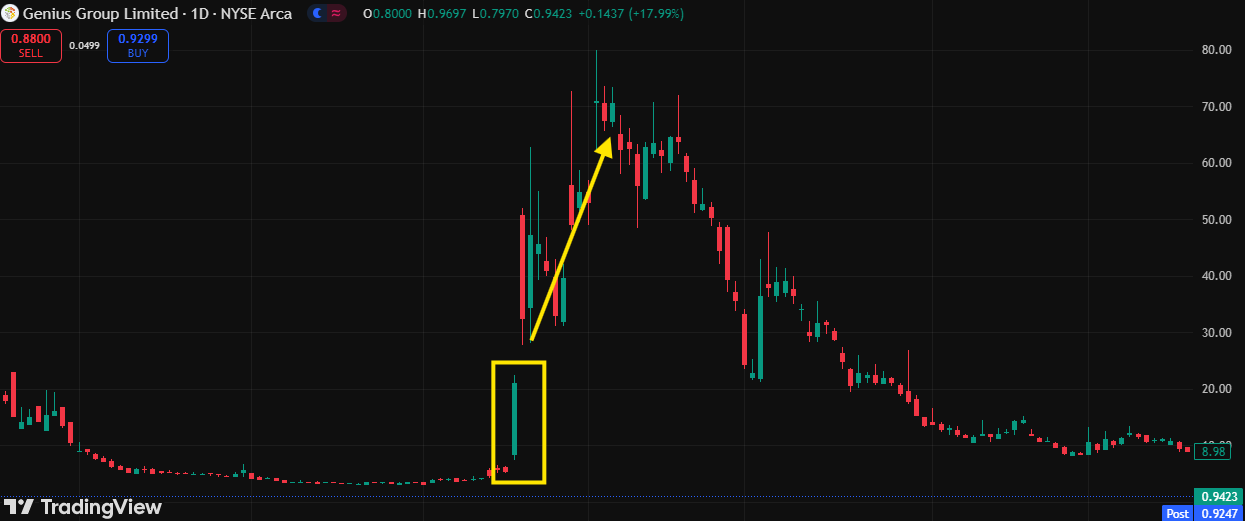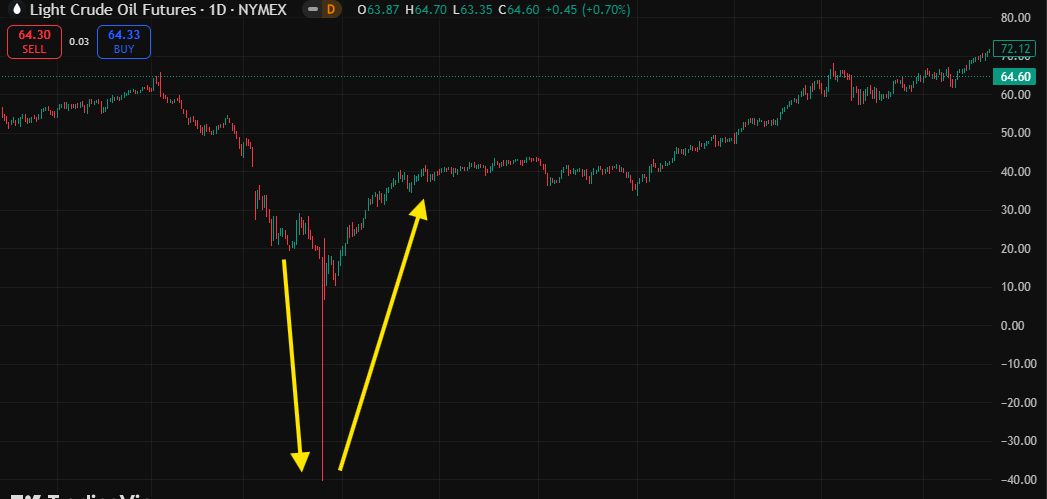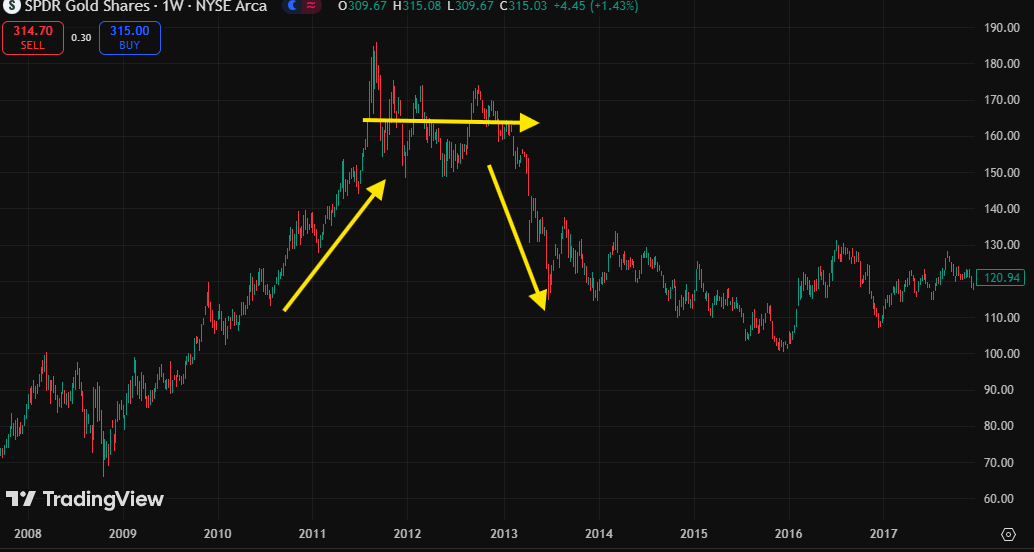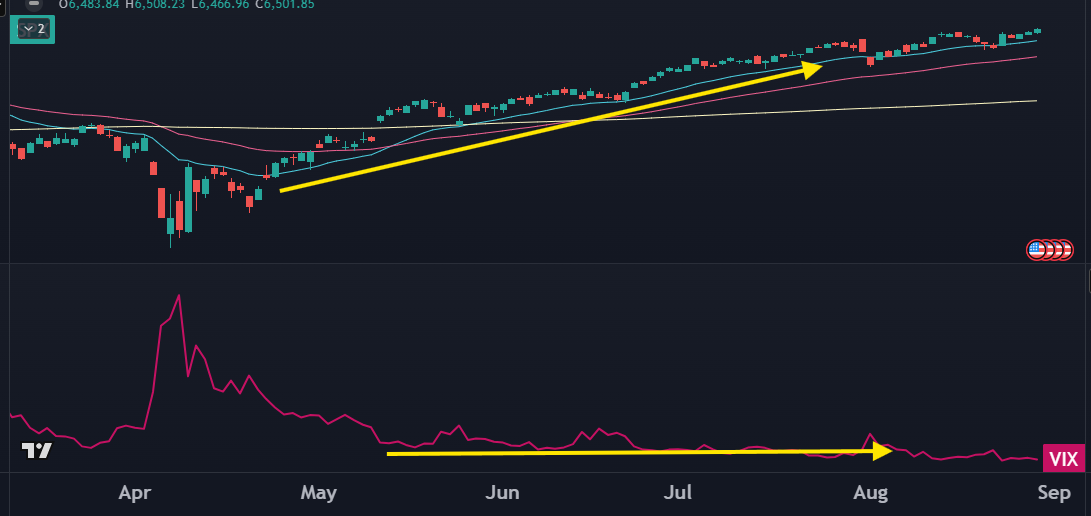Priceline
Note: This is version 1 of a Foundational Concept that I’m sharing with you. This is a complex topic that I’m trying my best to put on paper because I believe it’s one of the most important findings I’ve found in my travels as a market speculator. I truly hope this helps you.
I’ve uncovered the Holy Grail of Investing.
It’s not an indicator or stock scan or hot stock tip.
The Holy Grail is a framework that every successful trader and investor uses, even if they don’t realize it.
It works with growth and value investing.
It works with options and crypto.
It works on all timeframes, in all markets.
It’s a way of thinking about the markets, and once you understand it, your results will skyrocket.
I’m going to show you exactly how the Priceline Framework operates, along with real world examples of how to deploy it.
But first, let’s head to the poker table.
Where’s Your Edge In Cards
I enrolled in college in 2003, a year after ESPN started airing the World Series of Poker.
Moneymaker and Annie Duke became household names. Rounders was in everyone’s DVD collection. And table games started sprouting up in dorm rooms and frat houses for the next four years.
The main game was Texas Hold’em. Turns out I was pretty good at it, but I turn into a sociopath when I play.
The way Hold’em works is that you have two cards in your hand, and then the dealer puts 5 cards on the table.
That gives you seven pieces of data. And for most people, that’s where they stop.
But it’s only 20% of the information you need to get an edge in cards.
The edge is not found looking down at the cards, it’s looking up at the other players.
Are they betting tight or loose? Did they have a bad run and are about to go on tilt? Did their girlfriend just call for the third time so they’re going to go “all in” on the next hand, regardless of their cards? Are they here for a conference, or have you seen them at the tables before?
That’s where the money is made. And I learned that if you enter a table game a little late, most of the other players are six beers deep and you can take all their chips in short order.
How to "Look Up” In The Markets
It took me a long time to understand this, but my opinion of where a stock or market is headed means nothing. If anything, it provides a negative expectancy.
Am I reading financial statements? Sure.
Listening to conference calls? I let AI do that now but I absolutely use that data.
What about charts? I’ve got lines and moving averages for days.
I’m not doing this analysis because I’m trying to guess where a market is headed.
I’m looking up, and getting a feel for what the other players are thinking.
To be successful as a trader or investor, you must operate with one level of abstraction lower than everyone else, and consider the positioning and motivation of other market participants.
This is hard to do! Some people are naturals at it. Sometimes you’ll see an investor who was a car salesman that’s making a killing investing in stocks, not because they have an inside scoop, but because they understand people, their fear and greed.
Even on the quant side… all of the math and arbs and order flow that they look at are the exact same dynamic, but on a microstructure level.
You have to look up. And to make that easier for you, I’ve created the Priceline Framework. It’s my Grand Unifying Theory of market speculation.
Building Out The Framework
There’s a tech momentum stock that’s been around for a while called “Booking Holdings.” But before 2018, the stock was called Priceline.
It’s stock ticker was PCLN, which is the components of the framework.
P - Price
C - Catalyst
L - Liquidity
N - Narrative
We’re going to iterate through a model for each to see how each works with the other.
First things first is the relationship between Price and Liquidity.
The only way for the price of a market to change is due to changes in Liquidity.
Not your Liquidity. Odds are you don’t have enough size to effect a market.
That’s it. Not earnings, not Fed policy, not a moving average crossover. Unless the demand for liquidity, either on the bid or ask, overwhelms supply, then price will stay exactly the same.
There is a massive reflexivity here. Liquidity can affect Price, and Price can also affect Liquidity. The 2010 Flash Crash is an easy case study for this relationship.
From here, we can build out the rest of the Framework:
This is the Holy Grail.
This is the Framework you can use to think about the positioning and motivation of other market participants, and how markets truly operate.
Why do we separate Catalyst and Narrative? Because Catalysts are the things that happen to a market, and Narratives are what we believe are happening to the markets.
Narratives can reshape Liquidity, which can move Price.
Catalyst can reshape Liquidity, which can move Price.
Price can move big in response to a post-Catalyst Liquidity shift, which reshapes the Narrative.
Narratives can change how a Catalyst affects Liquidity.
This is why “buy the rumor, sell the news” works. This is why moving averages and pivot points and fibonaccis work, because it’s where there are self-reinforcing turning points in the Liquidity of the market.
It’s how some floor traders got an edge, because they could sense the energy in the crowd.
It all lines up.
Remapping Your Mind
When you think about each of these nodes, remember that it’s not about you. You’re looking up at the other market participants, thinking about their positioning (Liquidity) and their beliefs on the market (Narrative).
There’s a reason I’m using these words, because it helps reprogram how you view the markets.
It’s not about Fundamental Analysis, it’s about the Narrative that is presented to the market.
It’s not about Technical Analysis, it’s about the Liquidity structure in the market that can move price.
It’s not about Earnings, it’s about whether the Catalyst is new enough to bring about a new Narrative.
This is why so many investors can’t seem to catch a break— they are trying to impose their opinions on the markets, calling some stock “overvalued” or “oversold.” I’ve learned that lesson, the hard way, many times over.
Does this mean that the markets operate on the collective “vibes” of market participants? Yes.
Priceline is Universal
I’m a pretty good financial speculator, but I could be a lot better. The ideas I’ve had over my career could have made me a nine-figure trader, but I also am victim to my own trader psychology. Just like everyone.
Along my career I have become friends and acquaintances with stone cold killers in the markets. I’ve seen traders crank out seven figure days. I’ve seen corporate leadership massage a story to pump a stock. And all the success I’ve been proxy to, they’re all using this Reflexive framework, even if they have never fully fleshed it out.
It’s also why you have “pure” technical traders who are still watching the news, or “pure” fundamental traders who always have a chart up. They’re using the Framework without realizing it.
With that in mind, let me give you some examples of how Priceline works in the real world.
Post Earnings Announcement Drift
A stock beats on earnings, guides for massive revenue growth into the next year, and announces a stock buyback.
The Catalyst.
Nobody was watching this stock, but existing investors see the numbers and now don’t want to sell the stock. You also have liquidity demand from traders seeing these numbers and jam the stock higher.
Catalyst Affects Narrative.
After that, market screeners and financial media pick up the story. A new Narrative is crafted. Larger market players who didn’t know about the setup before now want in, but they have to scale in for the best price. The stock trades sideways as short term traders get churned up, and then the stock auctions higher over the next quarter.
Narrative Affects Liquidity.
A Planned Short Squeeze
A small cap company has a bunch of convertible debt struck at $7.50, and the owners want to get out of the trade. They start churning the stock to bring some volume into the trade, which puts the stock on the screens of other traders.
They also run a PR campaign and run ads to retail traders (narrative) that gets them to buy the stock (liquidity).
As the stock jams higher, short sellers start to take interest. Borrow costs are 500% so shorts need to get paid quickly. A clear support level shows up, and shorts hit the bid to breakdown the stock.
But it doesn’t budge, because the company has a hidden buyer who then rips the stock back above support and causes the shorts to cover. New high of day before 2:30 and the stock runs an additional 300%.
The PR campaign still has residual effects, and low-information retail traders get FOMO and panic buy the next day, driving the price even higher. The shorts from the prior day all got blown out, so there’s no liquidity on the ask.
The convertible debt turns into equity, and those stakeholders dump shares into the last round of retail and shorts covering, and then the stock round trips.
Negative Crude
This is a fun one. During COVID, the oil facilities in Cushing were completely full. This was a physical liquidity issue!
There was a crude futures contract that was coming into settlement. Some traders from China thought it was oversold and started to buy in size, while another pod in London pressed the shorts.
Crude traded to -40. Headlines hit, and oil stocks crash as we hit Peak Narrative about oil.
Into that Liquidity washout, corporate insiders in the oil markets start buying in size. It’s the bottom, and those names are up 1000% from those lows.
Paulson’s Folly
There were some hedge funds that made a name for themselves after the Great Financial Crisis.
The movie The Big Short made it look as if the housing short was super obvious. Yet there were funds that started trading off this thesis in 2006 but couldn’t carry the trade long enough to pay off.
John Paulson’s fund made it big trading the housing short. He bought mortgage credit default swaps and made an absolute killing.
This is a huge problem with macro investors. They try to impose their own version of the Narrative onto price action. Sometimes it works, sometimes it gets you killed.
Paulson was betting on the subsequent inflation now that the Fed had printed a boatload of cash. He picked up gold and gold stocks, and while it had initial success, the Liquidity for the trade simply wasn’t there. Wall Street had moved onto a new Narrative, and hyperinflation never hit.
There’s still permabear traders out there that have nailed 15 of the past 3 market tops— their refusal to look up and realize that price action (Liquidity) isn’t supporting their Narrative caused their downfall.
The Tariff Rally
April 2025 was the most telegraphed risk event ever. We knew the tariffs were coming, but nobody believed it would be bad enough so risk markets couldn’t catch a bid.
The crash was enough to blow a ton of investors out of their positions. Short volatility trades were liquidated.
That Narrative stuck around for months. The Tariff Tantrum left an imprint on the markets and hedgers were much more active. This creates a reverse liquidity flow, where hedging demand in the options and vol markets puts a natural bid into the stock market.
Each rally higher, investors are left in disbelief and more hedges come on anytime there’s a small dip in the markets, which has the effect of putting a floor in stocks.
You Can See The Matrix In The Markets
When I structure a trade, I’m always using the Priceline Framework. Some of my best trades come from obvious stop loss run reversals, other times I’ve discovered a latent Narrative that’s about to pick up steam.
It all starts with understanding how market participants could react to a Catalyst, a shift in Narrative, or a change in Liquidity.
Go back and look at some of your recent trades and investments. Use the Priceline Framework in hindsight, and I think you’ll be surprised that you were using elements of it even if you may not have realized it.
Why Convexity Works
The most powerful part of this Framework is how you can get a Reflexivity Flywheel.
Price feeds into Narrative, which changes the Liquidity, which changes Price, which acts as a self-reinforcing Catalyst, which changes the Narrative…
And then all of a sudden the stock’s up 300%, shorts are screaming about how there’s “no news!” and you’re scaling out of some call options at a monster profit.
This is the edge, no matter your trading style.




